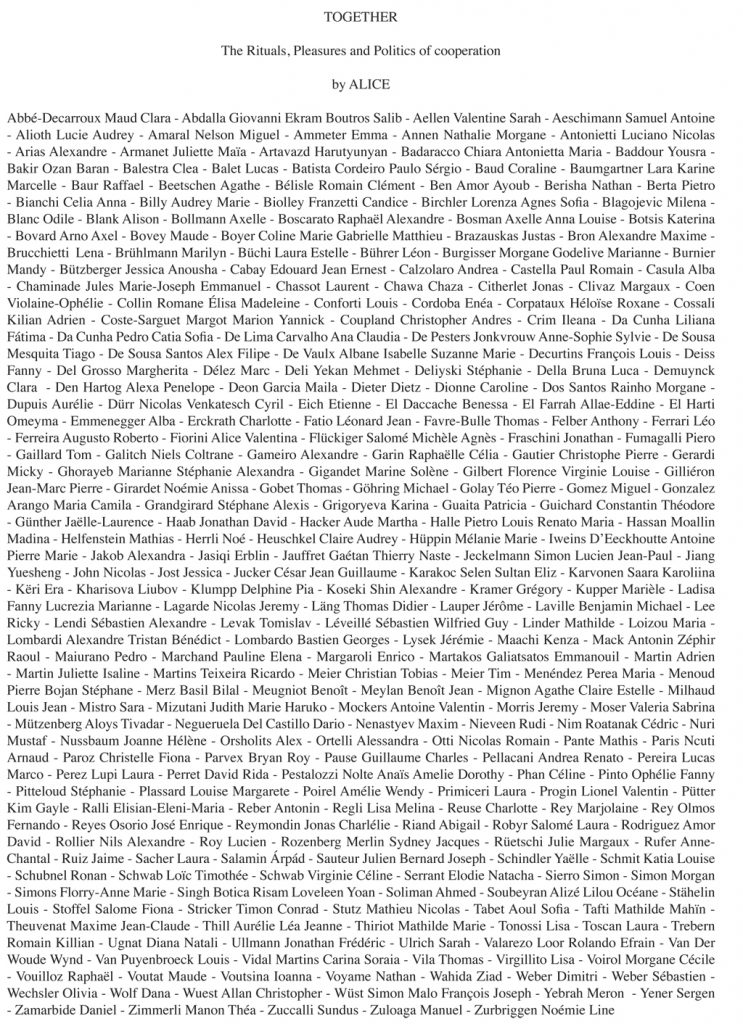I
HOW TO LEARN BETTER
Guest editor: Bureau A
Guest editor: Bureau A
CARTHA
Forget about a one year project, CARTHA is still here. One year of life didn’t feel like enough. The debutant year brought new friends, experiences, a great number of learnings and it seemed to keep offering us glimpses into a 2016 full of new opportunities. One of them presented itself as the participation as an […]
Forget about a one year project, CARTHA is still here.
One year of life didn’t feel like enough. The debutant year brought new friends, experiences, a great number of learnings and it seemed to keep offering us glimpses into a 2016 full of new opportunities. One of them presented itself as the participation as an associated project in the Lisbon architecture Triennal, which will have as a theme “The Form of Form”.
Such theme could hardly fit better as a counterpart for the previous “Relations in Architecture”, so we took it as our own. The magazine’s second cycle, “On the Form of Form”, will consist of three issues, a number of events, an exhibition in Lisbon and a book.
But CARTHA will not undertake this journey into Form alone: Bureau A in the present issue and Victoria Easton, Matilde Cassani and Noura Al Sayeh in the upcoming issue, will act as guest-editors. They will share their own take on the cycle’s theme and, with all certainty, enrich the editorial body of the magazine.
“How to learn better” ,edited in collaboration with Bureau A, inaugurates this new cycle questioning, through a series of posters, the learning methods around architectural production. A wide spectrum of different personalities ranging from architects, artists, writers, photographers to graphic designers, contributed with their very unique vision on the matter, showing us in nine contributions a variety of directions that could hardly diverge more on the pedagogy of architecture.
While the HTLB issue focuses mostly in architecture learning, its origins and conclusions encompass broader fields. Learning is definitely not exclusive to architecture, much less is form.
In his book Art and Agency, Alfred Gell proposes an anthropological theory of visual art in which he treats among many subjects, the impossibility of using ‘aesthetics’ as a universal parameter of cultural description and comparison. He states that “Evaluative schemes of whatever kind, are only of anthropological interest in so far as they play a part within social processes of interaction, through which they are generated and sustained.” (1) He adds: “ The anthropology of law for instance is not the study of legal- ethical principles- other people’s ideas of right and wrong- but of disputes and their resolution in the course of which disputants do often appeal to such principles.“ (2)
Under this lens, each experience or piece of information contained in our context will inform the way we relate to it and will play a decisive role in our perception. While learning architecture, we create an image of what it is supposed to be in our consciousness and we build a hierarchy of values that may reaffirm and/or reshape previously formed conceptions.
By having almost half of the contributions produced by non architects, a window into several different experiences and contexts opens up to us, greatly enriching and expanding the questions around architecture pedagogy.
As mentioned by Bureau A, and reaffirmed by Sennett and Gell, form cannot exist without a prior conception of it and, while the architecture learning process may sometimes feel like a box checking matter 4, the questions around it should be as broad as possible. With these nine posters CARTHA and Bureau A pose an honest question : How to learn better?
Bureau A
HOW TO LEARN BETTER is a number on architectural education and learning. Inspired very intimately by the writings of Richard Sennet, The Craftsman and Together, this number of the CARTHA series explores how an architect is or can be educated and what are the milestones of the architect’s learning progression. What are the skills he […]
HOW TO LEARN BETTER is a number on architectural education and learning. Inspired very intimately by the writings of Richard Sennet, The Craftsman and Together, this number of the CARTHA series explores how an architect is or can be educated and what are the milestones of the architect’s learning progression. What are the skills he or she must develop and how this skills can be or not useful in a professional world.
Education is probably the most influential moment in an architect’s career, when the beginning of a creative identity emerges and starts pointing out to particular interest and fields of exploration that will constitute later, in a professional journey, the specificity of every practice. We believe thus, that this moment, those years of learning are of an incredibly importance, where the amount of cultural discovery is balanced by the formation and definition of specific personalities. Despite the fact that the process of learning does clearly not end by the end of the studies, the first impulse is launched during those university years and will drive the continuous learning process.
The other aspect of education that seems quite intriguing is the variety of educational typologies that have prevailed for the past 100 years or so, from Beaux-Arts oriented schools to what Beatriz Colomina has named Radical Pedagogies (implemented by schools such as Black Mountain College in the 1930’s). It is very curious to admit that the education imparted by all of these very different institutions provides more or less the same professional title. We are forced to admit thus that architecture can hardly be considered as an homogeneous discipline. Or shall we draw the conclusion that the definition of the skills that an architect must have is so vague that it can be achieved through a wide diversity of educational paths?
Yet, the education of an architect calls for tools, and these tools make him/her skilled. Drawing, writing, model making, photography and filming are indispensable tools that the architect will use throughout his professional life to accomplish his projects, to materialize his/her ideas.
Richard Sennet’s writings have focused on craft and making. His trilogy “Homo Faber” (from which the two first volumes have been written) deals with the relation of man to things. How can mankindrelate to a physical world of made things and what are the tools and skills needed to materialize this relation. The philosophical background of this question is not negligible: can we even think or name one thing without having it experienced it physically? Can the idea of an object appear before its physical existence?
In the second volume of his trilogy, Together, the Sociologist develops the notion of collaboration as opposed to solidarity, where a bottom up human activity achieves highly efficient and qualitative levels of production.
The relation to THE FORM OF FORM, -This year’s theme for the Lisbon Triennale of architecture- is thus a logical consequence of this same thinking. How can we talk about FORM without discussing the form of WHAT? And how can WHAT be defined without a physical reference? And then, this is where the physical reference is rooted, in the CONTEXT that produces it, that allows its emergence. And finally WHO makes, within this context, the WHAT that addresses a FORM? We strongly believe that forms cannot be discussed outside this complex system and that form does not exist as an object, even as a conceptual one. Within the context of the Triennale the question would then be: from what moment of the learning journey of an architect can form be discussed? When does this question becomes important, if it does?
HOW TO LEARN BETTER wants to address theses issues through a pictorial approach. The words and sentences are painted, made out of collage of from a graphic design approach, like definite slogans that address the issue of learning architecture. This pictorial approach presents the learning process in its relation to methodology. The written / painted words or sentences are a condensed broth of an educational theory.
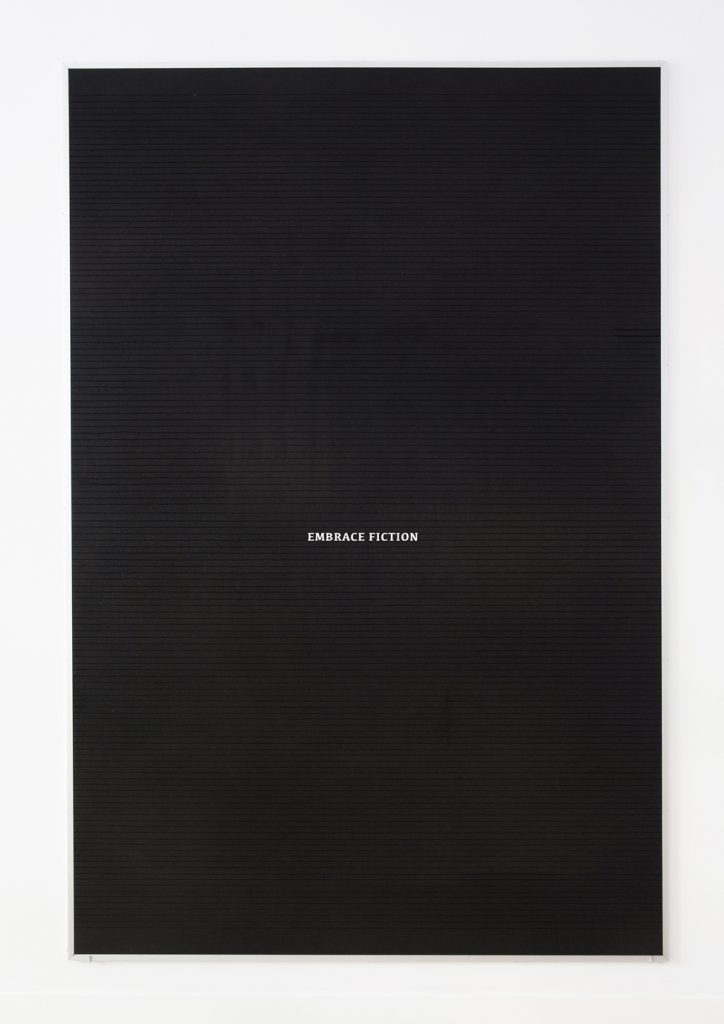
Luis Urculo
Luis Urculo’s work is characterized by his unusual, complex and irreverent portrayal of architecture, both physical and cultural and the unexpected narratives that arise through the language of his mark making. As a practicing architect, his work investigates the periphery of the architectural process, the processes, developments and approaches that can be manipulated, sampled and […]

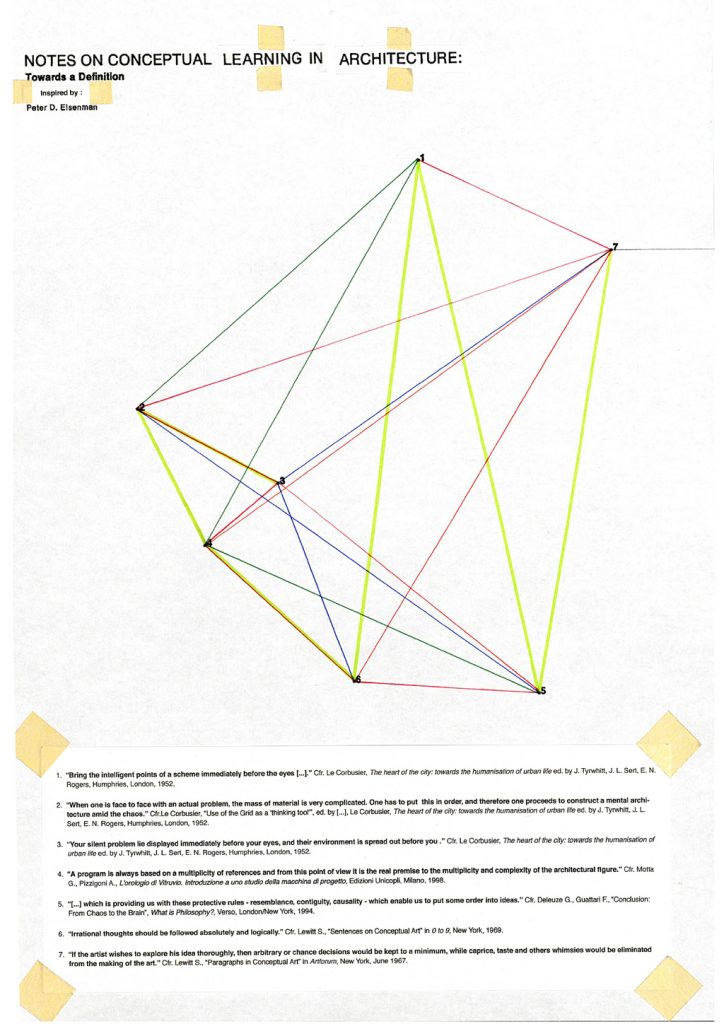
Carolin Stapenhorst, Andrea Alberto Dutto
Carolin Stapenhorst studied architecture at RWTH Aachen and IUAV Venice. After her diploma degree at RWTH in 2003, she worked as architect with C+S Associati in Venice. In 2007, she took a PhD grant in Architecture at Polytechnic University of Turin and started her collaboration with Luciano Motta in their own architectural practice Studio Motta-Stapenhorst. […]

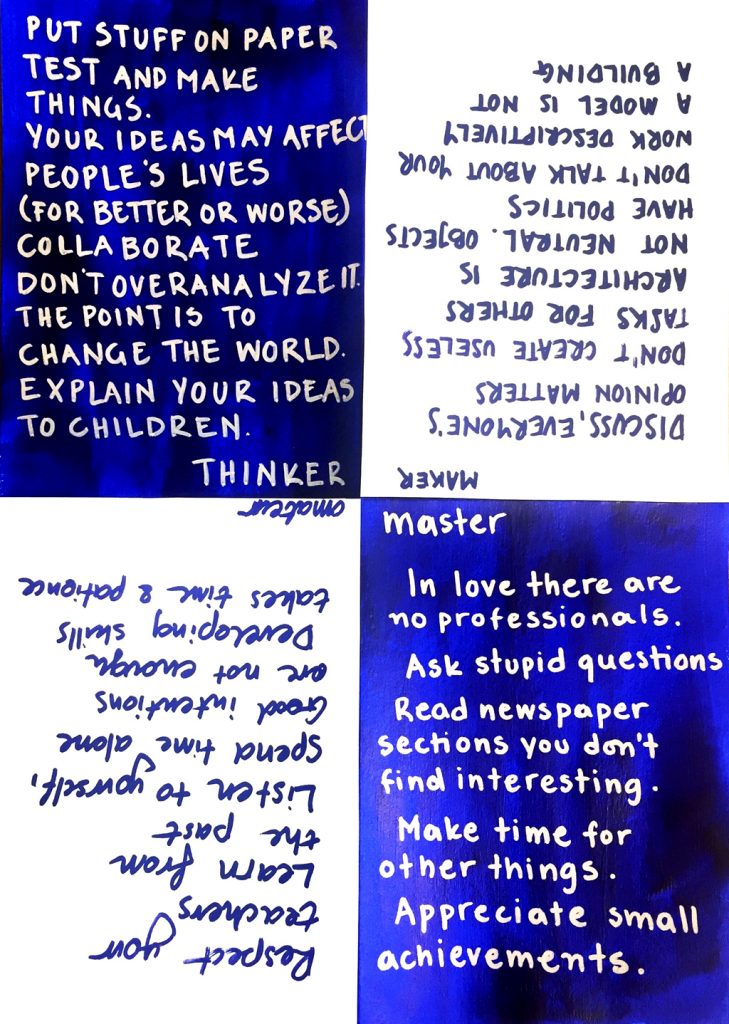
Amateur Cities
Amateur Cities is an online publishing platform on alternative ways of citymaking presented critically. It aims to connect city thinkers to city makers. Amateur Cities publishes articles that collect, analyse and clarify contemporary urban and technological development interesting for learning cities anew – not as masters, but as amateurs. It provides a platform for a […]

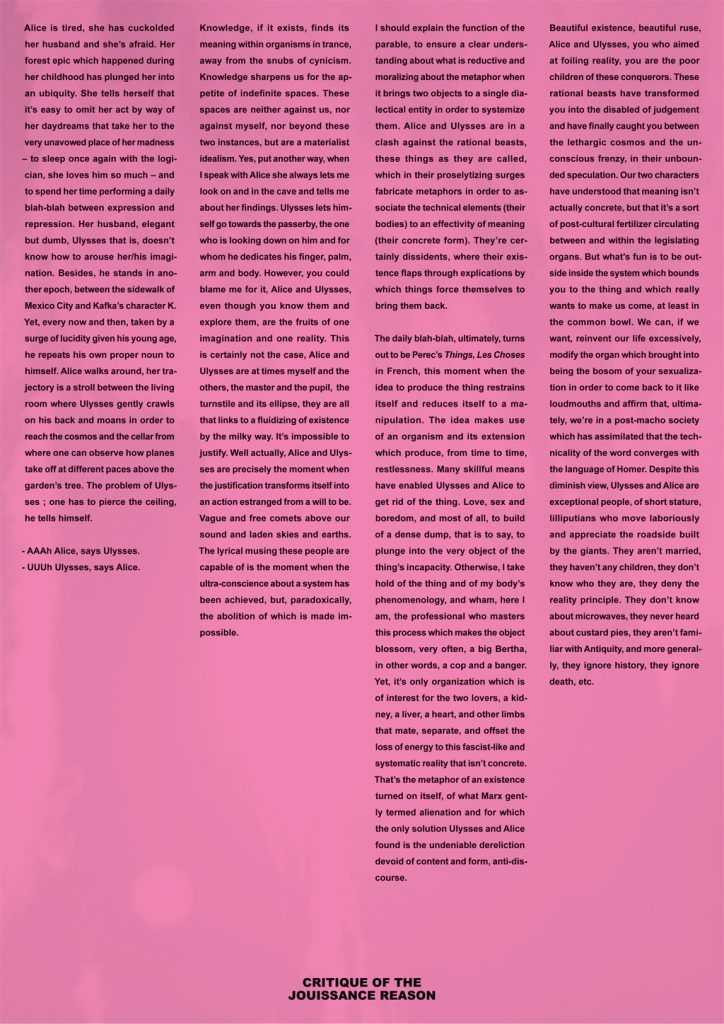
Written by Tristan Lavoyer. Traduction by Dimitri de Preux
Tristan Lavoyer, born in 1986, artist, works in Lausanne.

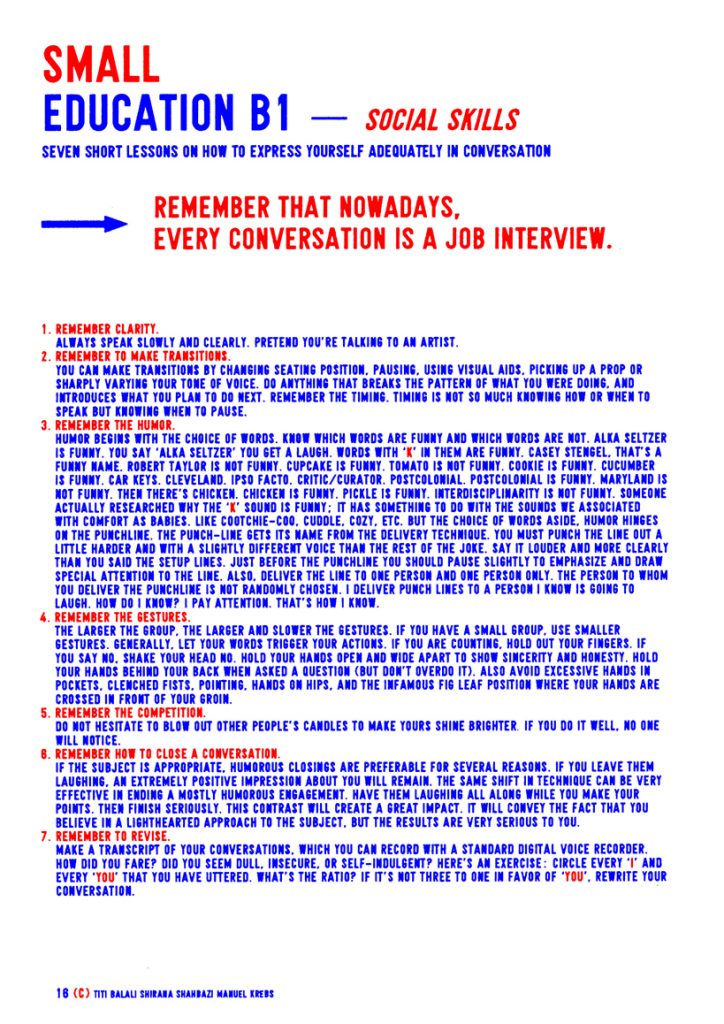
Manuel Krebs, Shirana Shahbazi, Titi Balali
Titi Balali, librarian, works in Oxford. Shirana Shahbazi, art critic, works in Karachi. Manuel Krebs, graphic designer, works in Zurich.

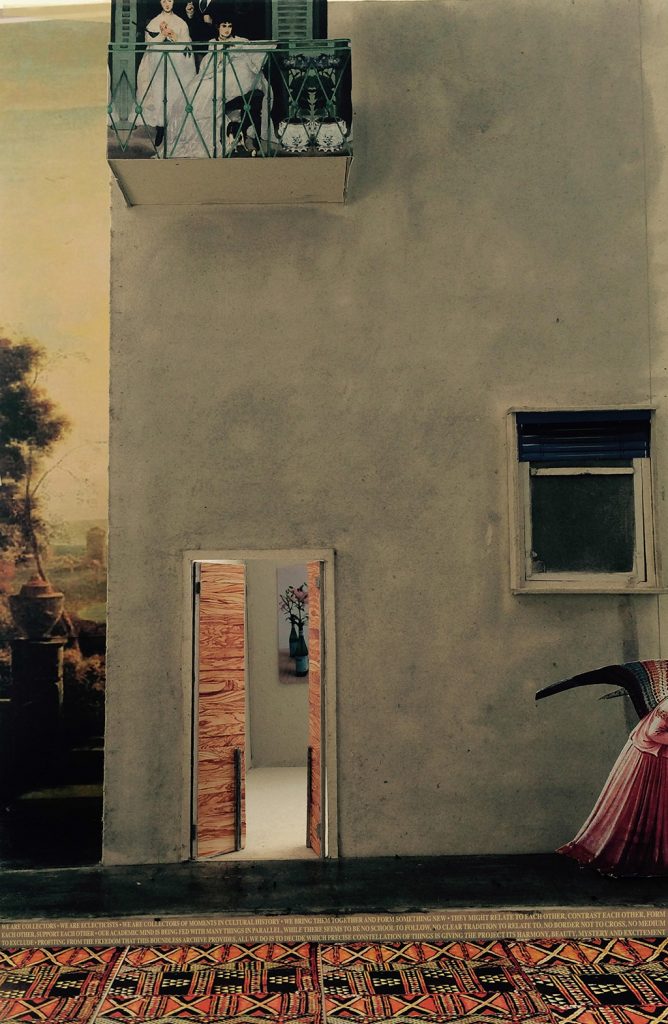
Farquet Architectes
Grégoire Farquet. Coming from the Valais, Grégoire has studied at EPF Lausanne and ETH Zürich where he graduated at Prof. Peter Märkli‘s diploma class. During his study time he worked on several building transformations in rural areas of the Valais. He founded Farquet Architectes Sàrl in 2015 and is regularly writing critiques for ‚hochparterre competitions‘. Eric […]

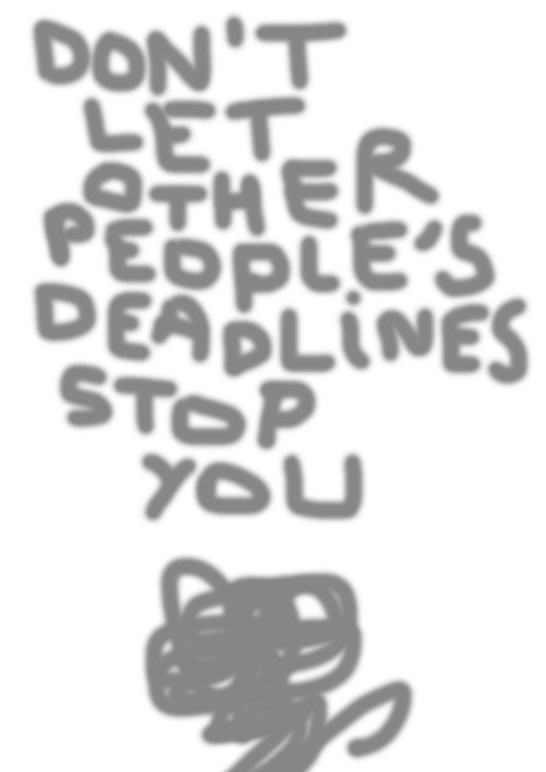
Åbäke
Åbäke is a transdisciplinary graphic design collective, founded in 2000 by Patrick Lacey (UK), Benjamin Reichen (FR), Kajsa Ståhl (SE) and Maki Suzuki (FR) in London, England, after meeting at the Royal College of Art. Members of Åbäke co-founded Sexymachinery (Magazine, 2000–2008), Kitsuné (Record label, 2002), Dent-De-Leone (publishing house, 2009), Drawing Room Confession (Journal 2011). […]

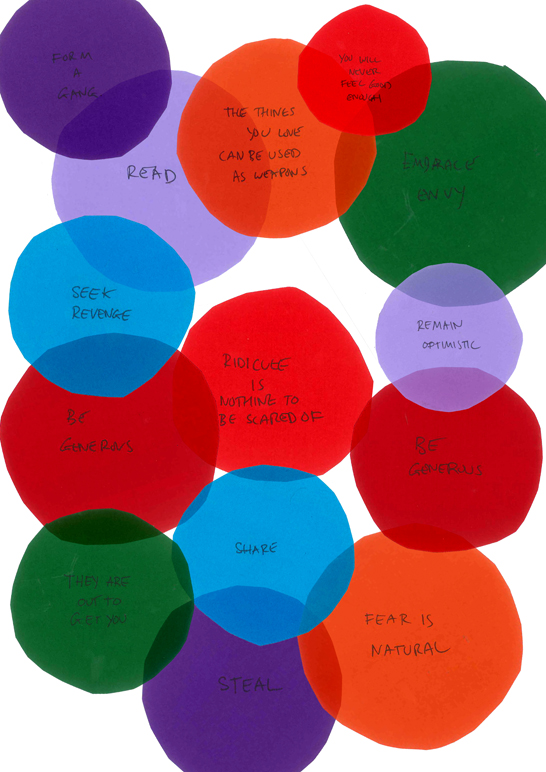
Sam Jacob
Sam Jacob is principal of Sam Jacob Studio for architecture and design, a practice whose work spans scales and disciplines from urban design through architecture, design, art and curatorial projects. He has worked internationally on award winning projects and has exhibited at major museums such as the V&A, MAK, and The Art Institute of Chicago […]

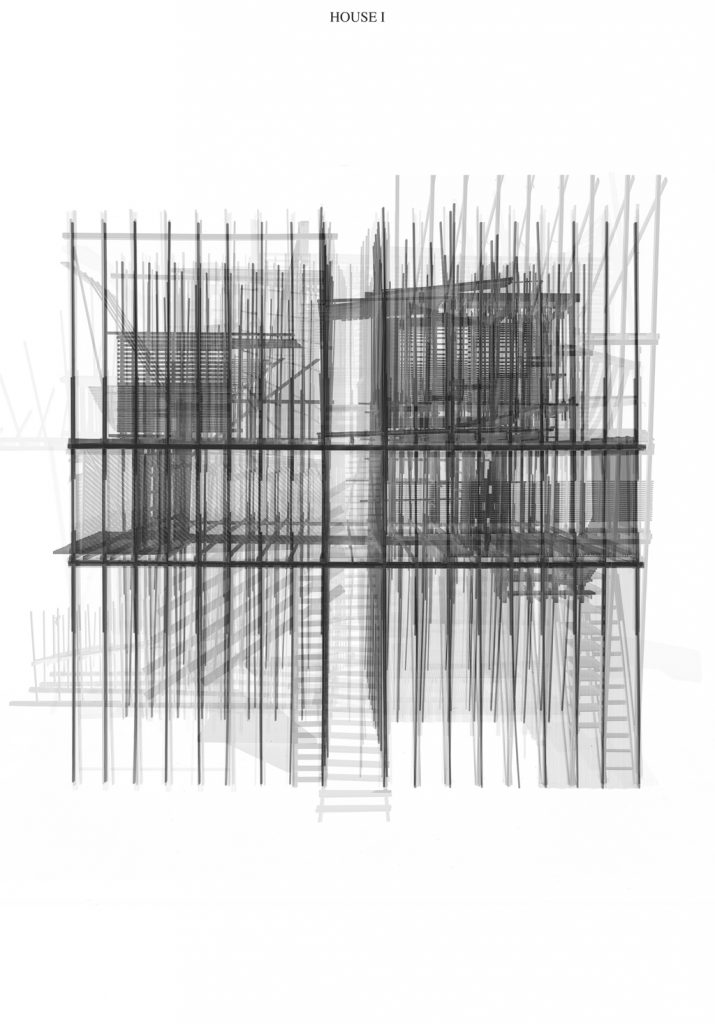
ALICE / Dieter Dietz
Educated at the Swiss Federal Institute of Technology, Zurich (Arch. Degree 1991), Dieter Dietz also studied at the Cooper Union in New York with Diller/Scofidio, Micheal Webb and Jean Scully. Since 2006, he is Associate Professor for Architectural Design at EPFL, director of the ALICE laboratory in the ENAC faculty. He collaborates with the ALICE […]

